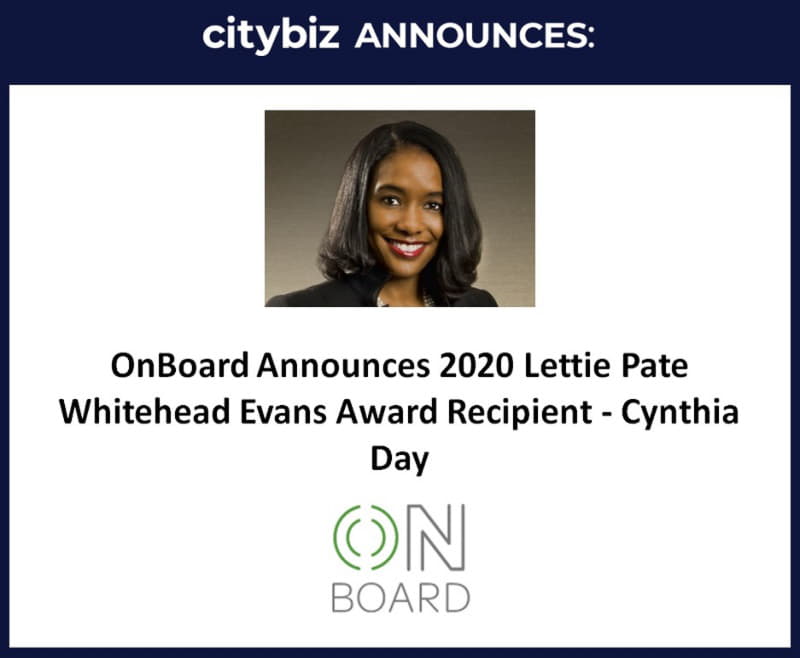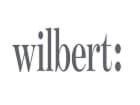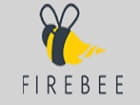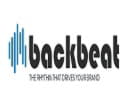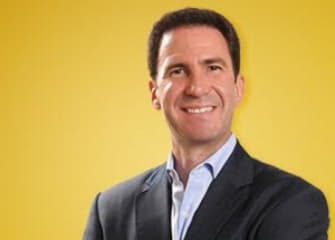
David Warschawski
This was the year of question marks for advertisers. Yes, we had the questions of male cheerleaders vs. female cheerleaders, to kneel or not to kneel, and should you make a political statement with your Super Bowl ad or not?
However, the biggest question of all was why are fewer and fewer people tuning into the Super Bowl? Last year was the lowest-rated Super Bowl game since 2009 and only 33% of Americans said they were very likely to watch the Big Game this year. This is a disturbing trend for advertisers.
It leads to another very important question. What truly is the ROI for the huge $5.25 million dollar ad spend for 30 seconds, and are there better ways to achieve the same ROI for less?
The times they are a-changin’
Growingly, for many advertisers, the answer is maybe or yes. That is why you see many of the long-standing SB advertisers, like Coca Cola and Skittles, not buying a spot this year. They see that many of the cutting-edge digital techniques and disruptive content around the Big Game can likely secure them a better ROI.
It also means that advertisers today are trying to figure out every possible way to break through the clutter and have their ad stand out. They are looking for ways to extend the value of their ad buy, often by creating an ad that leads to great social media interest and conversation well after the game. Or as in Skittles’ case, by creating a musical (yes, as in Broadway) that they hope will get greater attention through more mediums than a traditional 30 second ad buy.
Why the change?
Many advertisers are beginning to get smart to the fact that there may be a better way to do this – to be more targeted and create greater ROI. There are more tools to reach people, and we are moving from a “spray and pray” approach to a “scoped rifle” approach to target your audience.
For the vast majority of companies, 1-5 seconds of Super Bowl air time equals their entire annual budget for marketing communications. Especially today, when you can use your budget for digital marketing techniques that are far less expensive, far more targeted and provide very clear insight into ROI -- many marketers would never suggest using your budget for a Super Bowl ad.
That is why we likely will either see pricing come down in the future, or fewer and fewer brands being willing to pay more than $5M for 30 seconds. Only the top big brands with exceedingly large budgets, like Budweiser, or brands that are willing to gamble aggressively, are going to strap on their helmet for this game.
How are advertisers adapting
Brands have transitioned from trying to create a great 30 second ad to developing a cross-platform experience. The goal of this approach is to offer ways to either personalize the experience or to enable the target audience to have a lengthier and more immersive experience, and also to help the consumer move down the funnel to purchase or action.
Some of the other changes we’re seeing include: standing for a political or societal value, greater focus on creating something that is funny or likely to be shared through social media channels, and more and more creative ways for how to break through the clutter, like Tide’s outstanding ads last year that hijacked other ads.
What we should care about
Judging the success of an ad based on things like total engagement numbers or being ranked the highest by the general public on the USA Today Ad Meter is not a good judge of an ad’s effectiveness. The sole focus should be -- did we move our target audience to take an action or change a behavior?
The Warschawski BEST Model (W-BEST) is our company’s proprietary approach that we use to measure the success of any advertisement or marketing piece, and it’s how we scored this year’s Super Bowl ads. We rate each category below on a scale of 1-10, with a total score of 40 being the highest.
Brand-centric -- Does it clearly reinforce the brand & what makes the brand unique?
Emotional connection -- Does it make an emotional connection with a specific target audience?
Stand out -- Does it stand out from its competitors and is it memorable?
Target achieved -- Does it have a clear target audience & does it achieve a business goal with that target?
Warschawski’s 10 Best Ads of Super Bowl 2019 in order:
4.Budweiser/Wind Never Felt Better
6.YellowTail Wine/Tastes Like Happy
Warschawski’s 10 Worst Ads of Super Bowl 2019 in order:
3.Turkish Airlines/A Ridley Scott Film
9.Devour Frozen Foods/Never Just Eat
David Warschawski is CEO of Warschawski (warschawski.com), a national boutique marketing communications agency headquartered in Baltimore with offices in NYC and DC. He can be reached at david.warschawski@warschawski.


